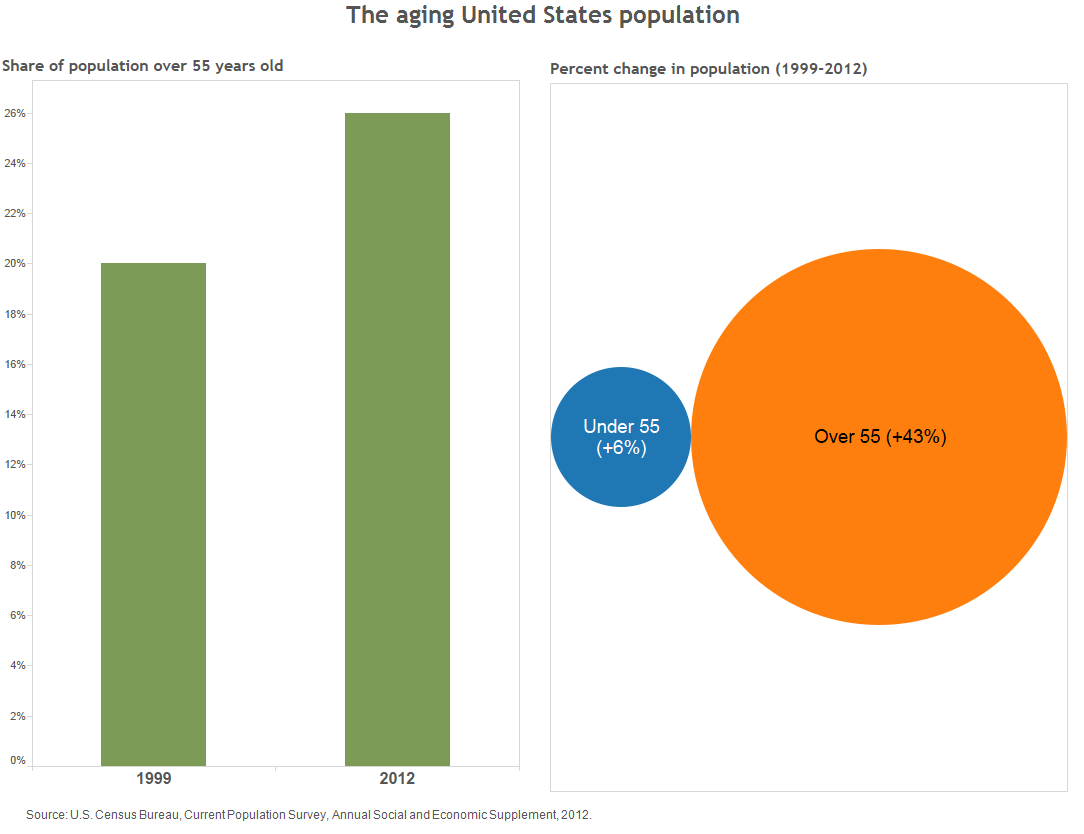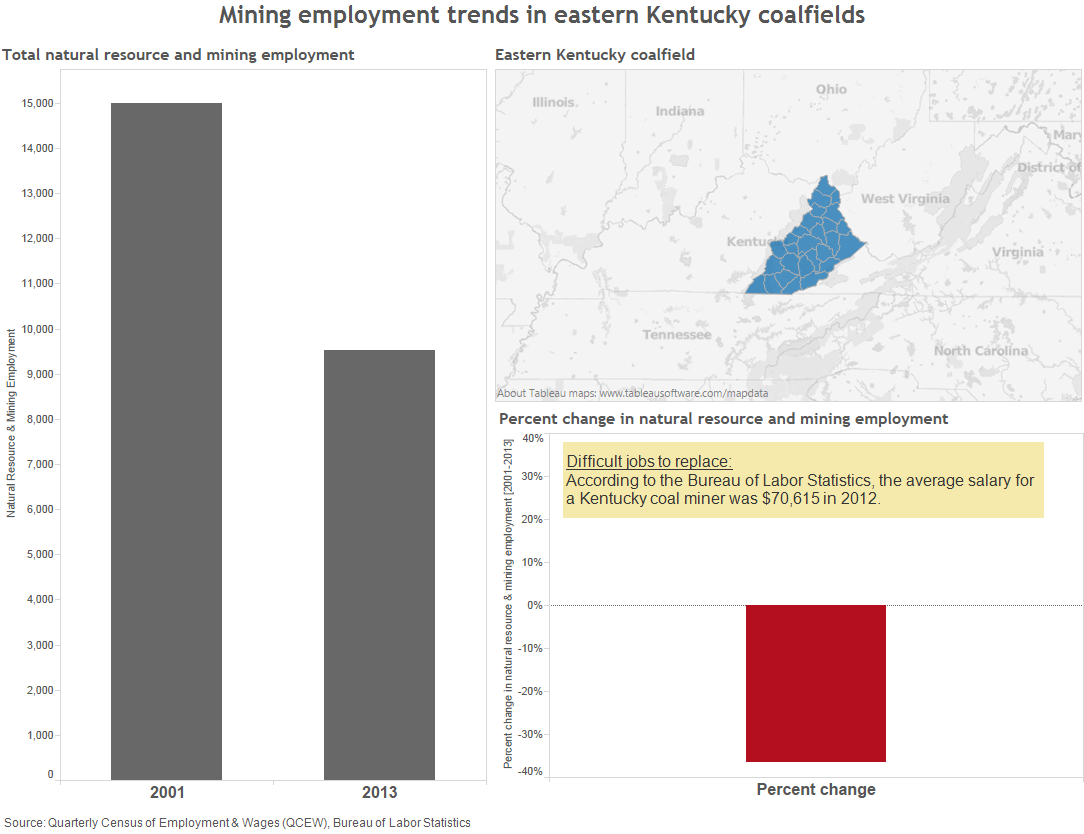- Share
Education Joins the Ranks of Top Concerns Facing Communities
In the fifth administering of the Federal Reserve Bank of Cleveland’s community issues survey, we received responses from 184 stakeholders across the Fourth District.
Why do we survey?
First, by polling a wide variety of organizations we can better understand the issues facing communities across the Fourth District. In addition, these responses not only help shape the research and outreach projects we work on, they also provide a reality check to ensure that what we see in the data corresponds to what those in the field are experiencing.
Ranking of current issues: Percent of respondents ranking issue as one of their top three concerns
Note: This is a combination of all respondents' first, second, and third choices and therefore total will be greater than 100 percent.

Current Issues
1 – Jobs
Concerns regarding the availability of local employment opportunities have consistently topped the list of current issues. In fact, in this latest survey over half of the respondents ranked it as one of their top three issues. The reasons shared are similar to those we read in previous surveys: Local labor markets across the Fourth District, for instance, remain stagnant, and job creation activity is slow. A university director opined that his region has not replaced the number of jobs paying a good wage that were lost over the past decade. “Even when companies return to the area,” he wrote, “they employ fewer individuals and often at lower wages.” Low-skilled households struggle to find jobs that pay a living wage, which can place families under extreme stress. The executive director of a community development organization stated that “families suffer greatly when mom and dad have to juggle multiple low-wage jobs to keep a roof over their heads.” Respondents also noted concern over where jobs are located. One pointed out that many jobs are located outside of low-income neighborhoods, where many residents lack cars and public transportation options are limited.
2 – Vacant properties
“Local employment opportunities continue to be limited, and groups with deficits in education, workplace skills, or other impediments are easily marginalized.” Community development officer at financial institution
Another persistent challenge facing communities is vacant and abandoned properties. Nearly 30 percent of respondents ranked it as one of their top three current issues. Many comments reflect respondents’ concerns that increased blight contributes to falling property values and lessens the attractiveness of their community, which can ultimately contribute to population decline. Vacant and abandoned properties “act as a drag on wealth (measured by property values), reinvestment, and of course revitalization,” stated a university professor. Many are concerned that, given the magnitude of the problem, there will not be enough resources to address the problem. The executive director of a state agency wrote that, while the Ohio Attorney General’s demolition program has been a good start and the allocation of Hardest Hit Funds will help in targeted areas, “there is still an overhang of vacant, foreclosed properties that will persist even after these programs are finished.”
Two respondents came at the issue from clearly different angles. An employment agency coordinator noted, “Vacant and abandoned homes can be a blight on a community or they can be an opportunity to revitalize a community, depending on the passion and policies of the residents and policymakers [there].” And one respondent wondered about the long-term impact of demolition on communities: “I don’t think cities are adequately prepared to deal with the long-term effects that accompany the demolition of thousands of houses, and the effects this will have on neighborhoods.”
3 – Education
Rounding out the top three current issues is access to quality K-12 education, selected by 27 percent of respondents. This marks the first time education cracked the top three, prompting us to examine it more closely in Issues & Insights. A common concern of respondents is that schools are slow to change their curricula to better fit what is needed in the workforce. The head of a CDFI wrote, “The system doesn't train people for work. It may train them for college, but that is a limited market. We need to do a better job of training people for skilled positions that don't require a 4-year degree.” Having an educated workforce can influence where firms decide to invest, too. One local government official noted that “with public schools struggling with new state mandates, students continue to fall behind, thus hindering overall workforce development efforts and making attraction of new investment harder.”
Many respondents expressed concern over the poor quality of the large urban school districts across the Fourth District. The head of a foundation wrote that “[when] urban children start kindergarten unprepared to learn, they miss the opportunity to build the skills to get out of poverty.” The outcome of this can be seen in Figure 1,which shows the percentage of the population 25 years and older that does not have a high-school diploma in nine cities in the Fourth District. Areas encompassed by the black boxes indicate the upper and lower estimates based on the margin of error, while the green bars represent the point estimates. The cities can be divided into three sections: Those below the national average (Pittsburgh, Lexington, and Columbus), those near the national average (Erie, Toledo, and Cincinnati), and those above it (Dayton, Youngstown, and Cleveland).
Figure 1: Percent of population 25 years and older that has not completed high school
Note: Black box encompasses the upper and lower estimates based on the margin of error for each city, while the green bars indicate point estimates.
Source: U.S. Census Bureau, 2008-2012 American Community Survey

But attempting to discern the root of the problem may be impossible, as education is intertwined with many other issues. For example, many cities lack a stable tax base due to population loss, which, combined with blighted neighborhoods, makes creating a quality public school system difficult. Simply put, a “solid education is the foundation for any strong community,” noted the executive vice president of a local bank, who added, “the disparity between education opportunities has widened among economic groups.”
Emerging Issues
When respondents were asked to name the top emerging issues facing their communities a year from now, the availability of jobs once again topped the list. Nearly 50 percent of respondents selected it as one of their top three. The reasons? Unemployment is too high, job creation and economic growth are lagging, and jobs that offer a living wage are in short supply.
Ranking of emerging issues: Percent of respondents ranking issue as one of their top three concerns
Note: This is a combination of all respondents' first, second, and third choices and therefore total will be greater than 100 percent.

Next were concerns over budgetary cuts and financing issues at the local level, a newcomer to the list of top emerging issues. Many respondents expressed concern that budget cuts from the state and federal governments would eventually trickle down to local government. Ultimately, “budget constraints at the federal and state levels will continue to run downhill, as they should, requiring local governments to decide what is most important for them to provide,” noted the president of a financial trade organization. However, at the same time, a university professor pointed out that “local governments provide critical services that make communities desirable places to live and they are the first line of assistance for residents needing help.”
“Community development has to be done community by community while connected to larger citywide and regional visions. Entities must recognize the need to work collaboratively.” - Executive director of social services agency
Closely linked to cuts at the local level is the number-three emerging issue, budgetary cuts and financing issues at the federal level, which 32 percent of respondents listed as one of their top three. Notably, this concern has appeared among the top emerging issues in each of the previous four surveys. Respondents voiced some frustration over cuts to programs such as community development block grants, food stamps (SNAP), and housing choice vouchers. The executive director of a social services organization wrote, “As we look at the reduction of federal funding for safety net programs, we are putting additional strain on philanthropic dollars to deal with issues that only the federal government can handle.” Regardless of where these budget cuts are made, they place communities in very challenging situations.
What else is on your minds?
In addition to the top current and emerging issues, other topics resonated with many of the respondents and appeared frequently in their comments. One was the impact of a swiftly aging population on many aspects of the economy. An executive director of an economic development organization pointed out that “Fifty percent of our manufacturing workforce will retire in the next decade. We do not have a plan to replenish these losses.” Another mentions the impact an aging population will have on housing: “Homes that have been occupied for decades [will] suddenly become vacant due to the individual going into a nursing home or passing [away]. Often these homes are extremely outdated and require extensive work to be reoccupied.” Figure 2 illustrates this issue. In 1999, 20 percent of the total population was over 55 years old and in 2012 that share increased to 26 percent. Looking at the issue from another perspective, the population of those under 55 years old increased 6 percent from 1999 to 2012, but increased 43 percent among those over 55 years old.
Figure 2: The aging United States Population
Source: U.S. Census Bureau, Current Population Survey, Annual Social and Economic Supplement, 2012

Another issue that came up several times was the danger of low literacy rates to the quality of a region’s workforce. A foundation president pointed out that 47 percent of the adults in Cuyahoga County have a 7th grade or lower literacy level.1 “The[se] low literacy levels,” he wrote, “mean that almost half of our workforce does not have the literacy skills for the jobs that will be available.” A housing supervisor added that adults with low literacy levels “are not able to take advantage of workforce or community college training that is available to them.” This can impede local job creation and investment from outside the region.
Finally, many respondents also point to rural issues such as employment, mining, and the impacts on communities from the recent regional boom in shale drilling. In several parts of the Fourth District, coal mining remains a major source of employment; however, issues such as increased supplies of natural gas—a competing energy source—and new EPA regulations, among others, have had major impacts on the industry. The eastern Kentucky coalfields have been particularly hard hit.2 The president of a CDFI wrote, “Creation of employment opportunities to replace the coal-related jobs is going to be difficult.” These jobs, noted several respondents, are difficult to replace because of their relatively higher salaries. According to the Bureau of Labor Statistics, the average annual salary for a Kentucky coal miner in 2012 was $70,615. Figure 2 shows that from 2001 to 2013, total natural resource and mining employment in the eastern Kentucky coalfields declined nearly 37 percent.3 One option to consider, as a banker pointed out, is that in rural areas “we need to be as creative as we can be to help promote entrepreneurship and people creating jobs through self-employment.”
Figure 3: Mining employment trends in eastern Kentucky coalfields
Source: Quarterly Census of Employment & Wages (QCEW), Bureau of Labor Statistics

In southeast Ohio, shale gas drilling is beginning to ramp up, as is the promise of jobs for these rural counties. However, the executive director of a social services organization wrote that in Ohio, “many unemployed individuals lack the skills required for jobs in the shale gas industry or cannot pass a pre-employment drug test.” Another consequence of the shale gas booms in Ohio and Pennsylvania, this respondent noted, is that in areas with few available rental units, the influx of oil and gas workers is “driving up rents to a level not affordable by middle and lower income individuals.”
| Financial institution | 35 | 19.0% |
| Local government | 25 | 13.6% |
| Community development organization | 23 | 12.5% |
| Economic development organization | 20 | 10.9% |
| Other | 17 | 9.2% |
| Social services/health organization | 17 | 9.2% |
| Academic or policy right | 12 | 6.5% |
| Foundation | 10 | 5.4% |
| Housing counseling agency | 6 | 3.3% |
| Community development financial institution (CDFI) | 6 | 3.3% |
| State government | 5 | 2.7% |
| Federal government | 4 | 2.2% |
| Legal practice/court | 4 | 2.2% |
Total |
184 |
100.0% |
| 2013 Population in District4 | Survey Response (January 2014) | |
| Ohio | 68.1% | 73.9% |
| Pennsylvania | 19.6% | 20.1% |
| Kentucky | 11.4% | 5.4% |
| West Virginia | .91% | 0.5% |
Total |
100.0% |
100.0% |
Footnotes
- http://literacycooperative.org/documents/LitReport2.pdf Return to 1
- http://wfpl.org/post/hollowed-mountains-now-hollowed-towns-coal-eastern-kentucky Return to 2
- Eastern Kentucky coalfield is made up of the following counties: Bell, Boyd, Breathitt, Carter, Clay, Elliott, Floyd, Greenup, Harlan, Jackson, Johnson, Knott, Knox, Laurel, Lawrence, Lee, Leslie, Letcher, McCreary, Magoffin, Martin, Morgan, Owsley, Perry, Pike, Whitley, and Wolfe. Return to 3
- U.S. Census Bureau, Population Division Return to 4


